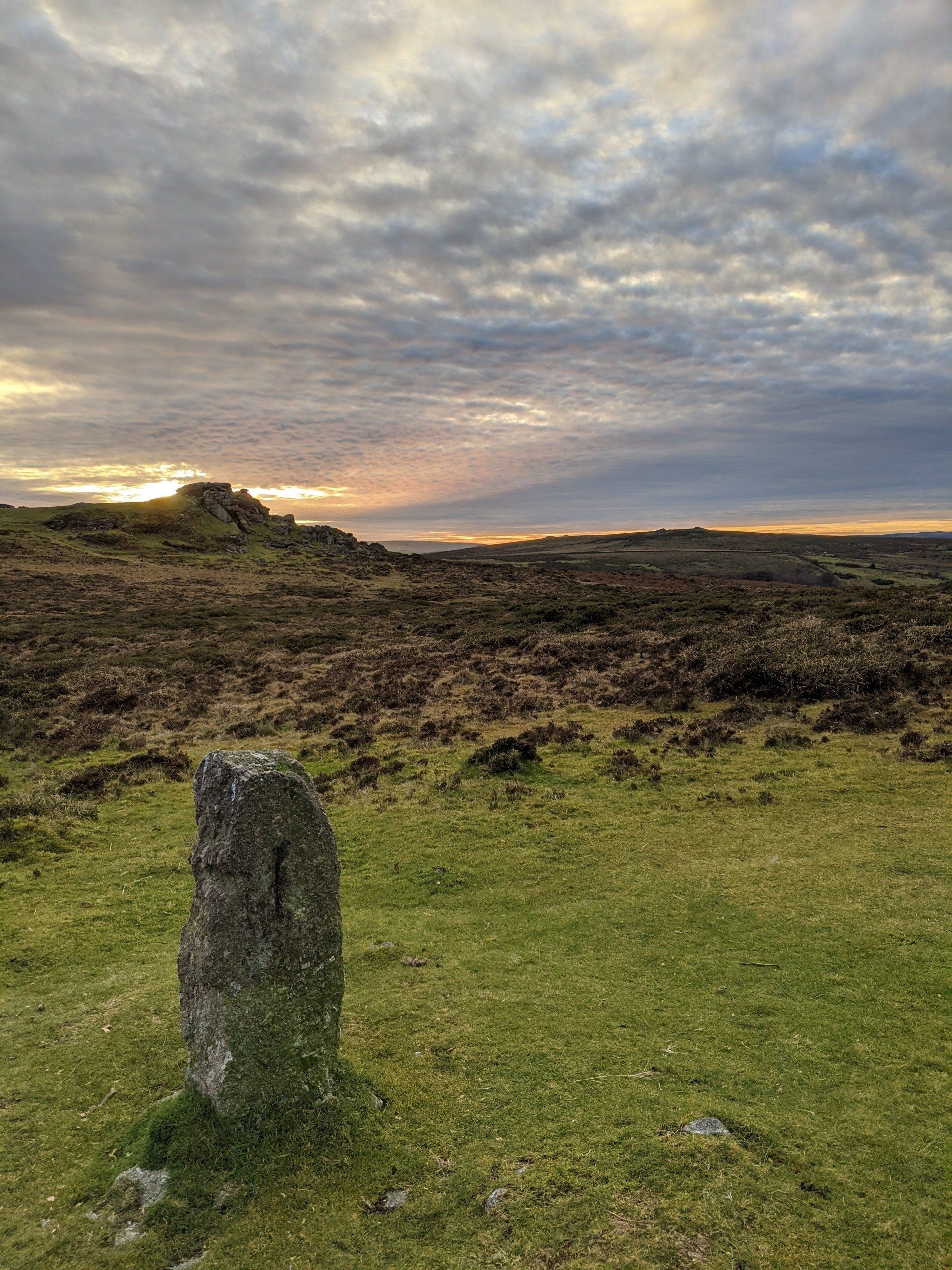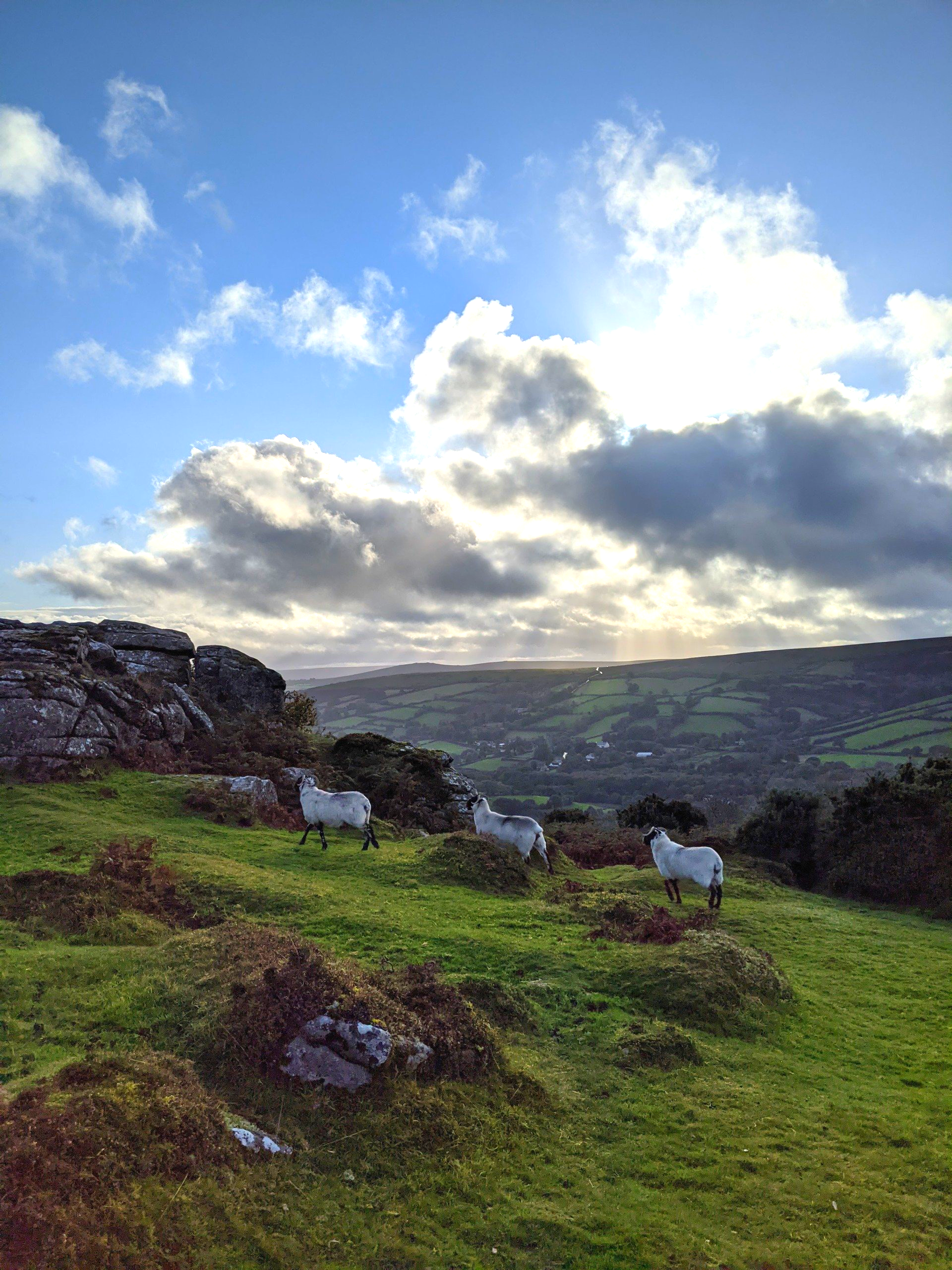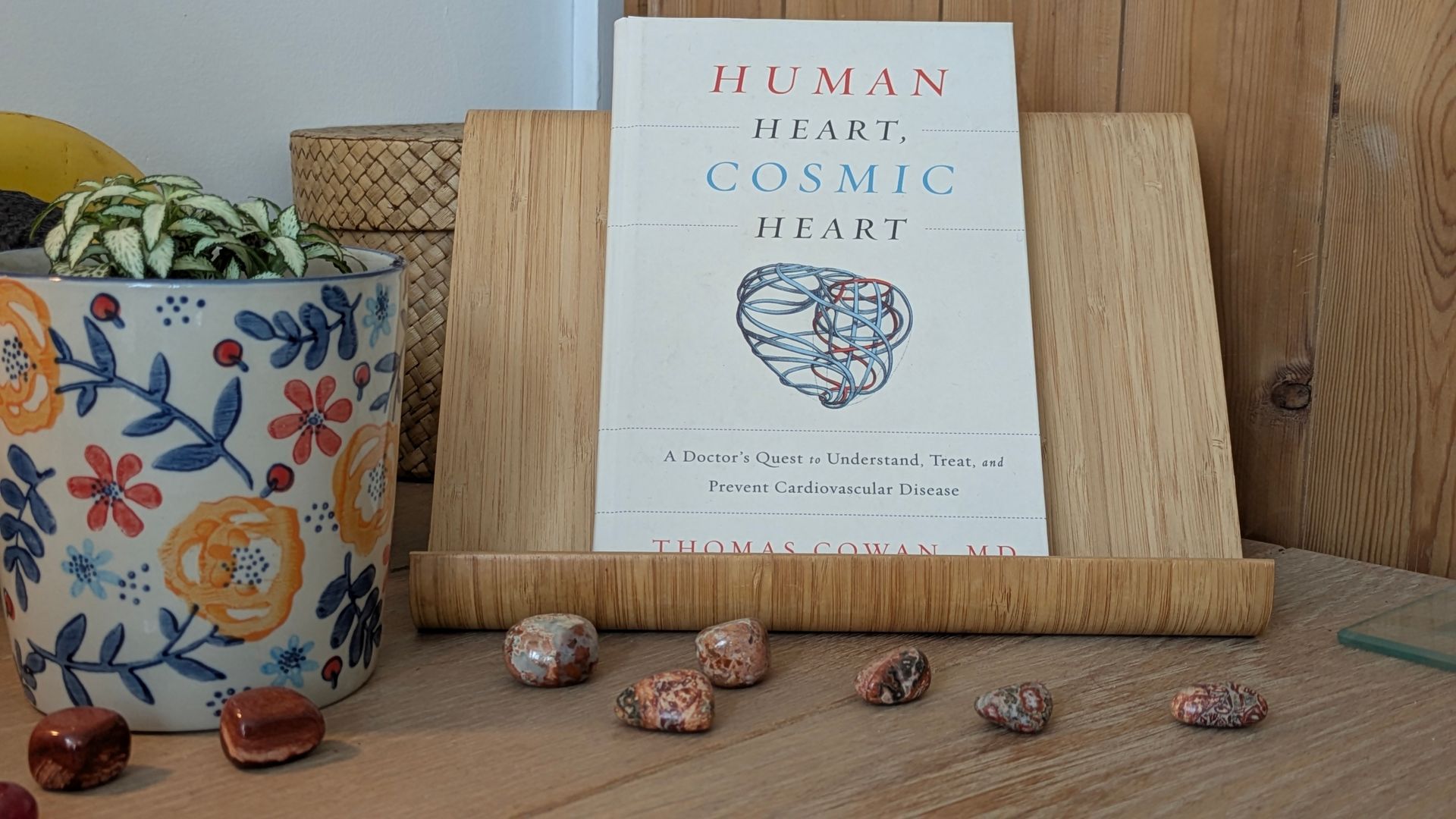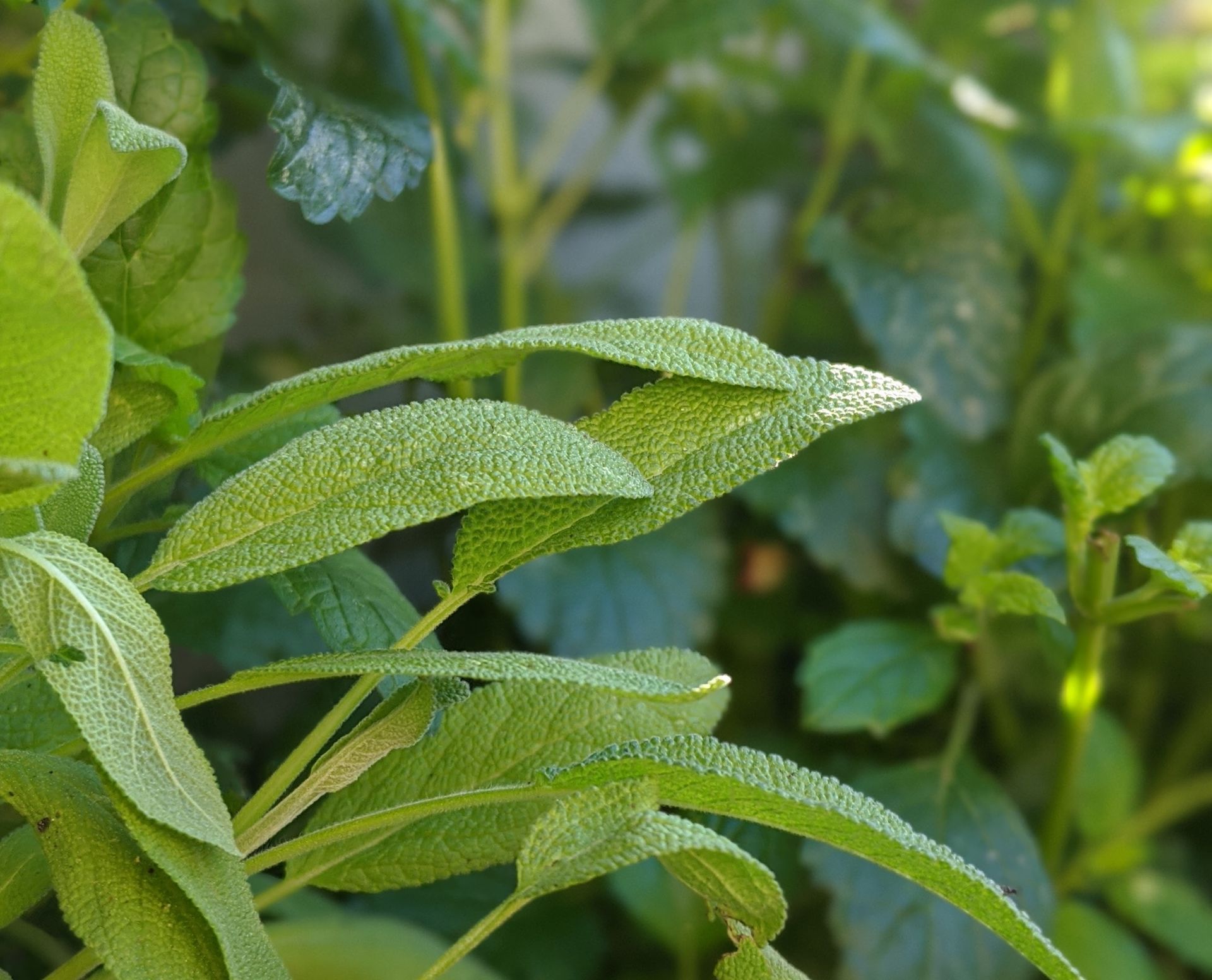Dartmoor National Park
Discovering the wild wilderness of Dartmoor National Park
Photographs by Sue Cartwright
A National Treasure
Dartmoor National Park is an area of outstanding historic natural beauty formed from granite rising up from the core of the earth over 300 million years ago. With human occupation going back 10,000 years, this wild open space, covering 368 square miles, has been shaped into a unique landscape full of varied habitats including wooded valleys, hay meadows, mires and wild open spaces.
Dartmoor is peppered with the historic artefacts of medieval settlers, livestock farmers, granite mining companies and moorland travellers. Neolithic tombs, Bronze Age stone circles and abandoned medieval stone huts, farming homesteads, gates and granite tramways together with magnificent abandoned quarries can be found on this historic landscape.
A National Park
Dartmoor National Park was one of the UK's first National Parks which opened on 30 October 1951, last year celebrating 70 years of work supporting and facilitating the conservation and enhancement of Dartmoor's natural environment, wildlife and heritage.
With around 100 staff, including specialists in ecology, archaeology, historic buildings, trees and landscapes, recreation and access, land management, visitor services, learning and outreach; as well as rangers, conservation works, planners, finance and admin staff; Dartmoor is cared for and managed by a dedicated team of experts together with a team of voluntary wardens and other volunteers who work across the various services.
A Natural and Historical Landscape
Experiencing Dartmoor’s wide open landscape is something you never forget. On sunny days and misty mornings, a walk on the moor never disappoints with its unbroken skylines and rocky ridges. Magnificent tors rise up from the land providing dramatic breaks in the landscape with well-worn pathways skirting around bogs and leading a steady trail past grazing cattle, sheep and ponies occupying the moor at any given time.
On lower ground, enclosure has taken place over many generations with small irregular fields edged with mixed native hedgerows full of wildlife and interspersed with trees often found bent over from the strong winds, always as an integral part of the landscape together with beautiful granite stone walls, as strong today as they have always been.
On the higher ground, a good climb will take you up to one of many tors with their individual identities and breathtaking views of the moor. Here you will find springs emerging from the rocks to flow off the moor in riverlets before forming deep-cut valleys banked with dense broadleaf and conifer woodland. I love exploring the ancient oak woodlands near Houndtor and Two Bridges where spongy moss coats the trees, ferns grow in swathes from thick and gnarled branches, and bird song echoes in symphony through the clean air and sparkling leaves. Old woods are unique and treasured places, invaluable to wildlife, wild animals, birds and human beings alike. Some of the best Dartmoor woodlands include Yarner Wood, Bovey Valley, Holne Woodlands, Hembury Woods, Wistman’s Wood, Dendle’s Wood, Black-a-tor Copse and Shaugh Prior Woods.
Dartmoor Rangers Code
It has been sad to see the damage caused by visitors to Dartmoor in past Summer seasons and for those of us who love and appreciate the delicate balance of nature and how much work is put into maintaining a wild park of this size by the Dartmoor Rangers do well to read up on the Rangers Code and share #lovemoorlife far and wide this coming season.
You can follow @dartmoorrpa and @rangerdartmoor on Twitter for daily updates and helpful information.
Here are the links to the 'Love Moor Life' code:
- Code for dogs
- Code for litter
- Code for camping
- Code for (not) feeding animals
- Code for shared roads and bridleways
- Code for no barbecues, fires, campfires
It's also worthwhile reading through the byelaws of the National Parks Access to the Countryside Act, 1949 and
Dartmoor Commons Act, 1985 to make sure you are clear about how to respect endangered wild places and wildlife, and the importance of 'leaving no trace' behind you.
Dartmoor Volunteers
Dartmoor's natural beauty and efficient land husbandry would not be what it is today without people in the community who volunteer to help with different conservation projects. It's a beautiful environment to work in with everyone passionate about the land, flora and fauna they are looking after, while gaining new skills and making new friends at the same time.
As part of the Donate for Dartmoor scheme, you can give your time, energy and skills by volunteering for a variety of conservation projects, including practical work days and regular events.
Dartmoor Visitor Centres
Everything you need to know about visiting Dartmoor can be found at any one of the Visitor Centres. I often go to the Postbridge centre where you can find great books, practical weatherproofing and walking gear, maps, amazing posters of the moor and gifts that you won't find anywhere else. The History of Dartmoor exhibition is exceptional and I highly recommend a visit. If you need information, each centre has its own website as follows:
Dartmoor Events
There are lots of events happening on Dartmoor throughout the year. There is a handy search page where you can find out what's going on. The list includes things like Cuckoo Fact Trails, Visiting a Dartmoor Longhouse, A Family Navigation Course, Adventure Rock Climbing Sessions, Discover Caving Sessions and the Belliver Moon Walk (yes please!).
Go to Dartmoor Events to search for events and find links to pages dedicated to different needs and age levels of moor lovers.
Sue Cartwright
Spiral Leaf
Other Resources
Thank you for sharing!
for you, for me and for Mother Nature
Latest Posts
All Posts














